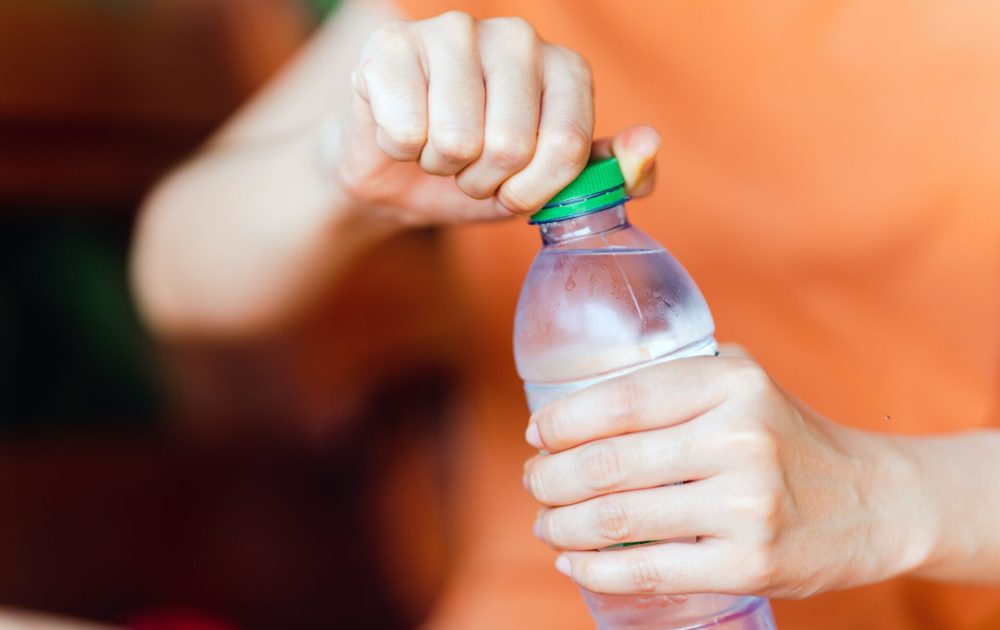Our test tells you which everyday chemicals you've recently come into contact with, and easy steps you can follow to reduce your exposure to them.
Microplastics in water

Microplastic levels water in plastic bottles are up to 100 times higher than previously thought. That’s the startling conclusion reached by scientists at Columbia and Rutgers universities. One quarter of a million tiny microplastic particles known as nanoparticles were detected in an average 1L bottle of water. Previous studies have detected microplastics in bottled water, but this study found more nanoplastics, between 10 and 100 times more using new microscopic techniques.
Nanoplastics are tiny and invisible to the human eye. They measure 25,000 microns, and a human hair is 83 microns wide. Because they are so small, they can pass into the bloodstream and reach all the body’s organs. They can also cross the human placenta.
Are there health risks of exposure to microplastics?
The health risks of micro and nanoplastics aren’t fully understood yet, but they might have a toxic effect based on findings in animal studies. Inhalation of microplastics by rats in a lab-based study found alterations in endocrine and cardiovascular activity, and inflammatory effects.
What can you do to reduce your exposure
Microplastics are everywhere – in water, food, soil, groundwater and the oceans, animals and marine life. Anything that comes into contact with plastic is likely to contain microplastics because they leach into other materials including water and food packaged in plastic containers.
Whilst plastic water bottles can be convenient, especially when you’re on the move, if you are concerned about your exposure to microplastics there are some easy changes you could make.
- Avoid drinking water from plastic bottles.
- If you do buy water in plastic bottles, don’t refill and recycle after use.
- Drink tap water, it has much lower levels of microplastics due to the water treatment process.
- Soft drinks stored in plastic bottles may have similar levels of microplastics, choose drinks packaged in cans as an alternative.
- Use glass or steel bottles for drinking water and clean them regularly.
- Use glass feeding bottles for babies and infants. Polypropylene bottles release up to 16M microplastic particles per litre into baby feeding bottles.
- Filter all water for drinking and cooking, including ice cubes.
- Filter your water with a countertop or whole system water filter (plumbed in). Premium systems tend to remove more impurities, so take a close look at claims the manufacturers are making before buying.
- Gravity filter systems take longer to filter the water which results in a purer water result.
More reading